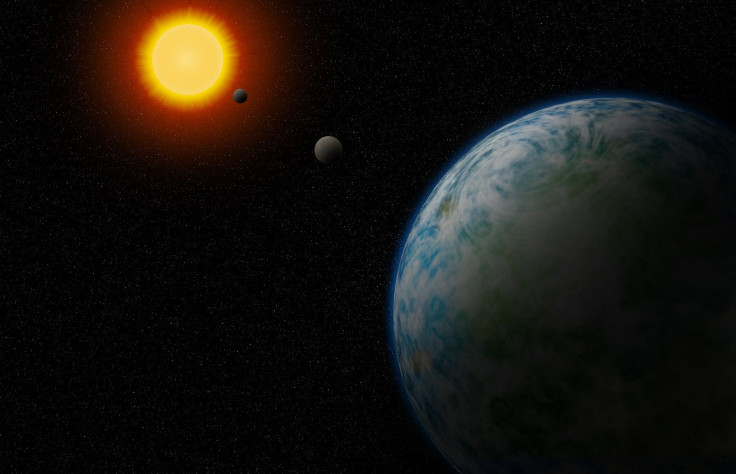Astronomers Develop Method To Spot Alien Life Orbiting Dead Stars
KEY POINTS
- Astronomers developed a guide for finding exoplanets with alien life
- Their study focuses on exoplanets orbiting dead stars
- The guide would help identify the biosignatures of exoplanets
A team of astronomers is developing a new method that would allow space telescopes to detect signs of life in exoplanets orbiting dead stars. This concept could help solve the mystery behind the possible existence of intelligent alien life in space.
When it comes to the search for Earth-like planets, astronomers turn to distant star systems. These systems are often inhabited by a white dwarf, or the remains of a dead star, and orbiting exoplanets.
Currently, astronomers try to determine the capability of an exoplanet to support life by analyzing its physical characteristics. But astronomers recently developed a guide that could tell if alien life exists on an exoplanet. Details of their findings were presented in a study published in The Astrophysical Journal Letters.
They created a spectral field guide that contains models of different atmospheres at different temperatures, which serve as templates for an exoplanet’s biosignature. Biosignatures are chemical traces found in an exoplanet’s atmosphere. They are usually produced by the presence of life on the planet.
To use the guide, astronomers using space telescopes should observe an exoplanet as it crosses in front of a white dwarf or its host star in order to see into its atmosphere. Using the collected data, they can then refer to the guide to check for signs of life.
“We are hoping for and looking for that kind of transit,” doctoral candidate in astronomy Thea Kozakis, the lead author of the study, said in a statement. “If we observe a transit of that kind of planet, scientists can find out what is in its atmosphere, refer back to this paper, match it to spectral fingerprints and look for signs of life. Publishing this kind of guide allows observers to know what to look for.”
Through the guide, astronomers are hoping to identify certain spectral biosignatures in a planet’s atmosphere such as methane and nitrous oxide. As noted by the astronomers, these kinds of chemicals would indicate that life is thriving on the exoplanet.
Once this discovery has been made, they could then focus on studying how life was affected by the death of the host star as it turned into a white dwarf.
“If we would find signs of life on planets orbiting under the light of long-dead stars, the next intriguing question would be whether life survived the star's death or started all over again—a second genesis, if you will,” the study’s co-author Lisa Kaltenegger said.

© Copyright IBTimes 2024. All rights reserved.





















